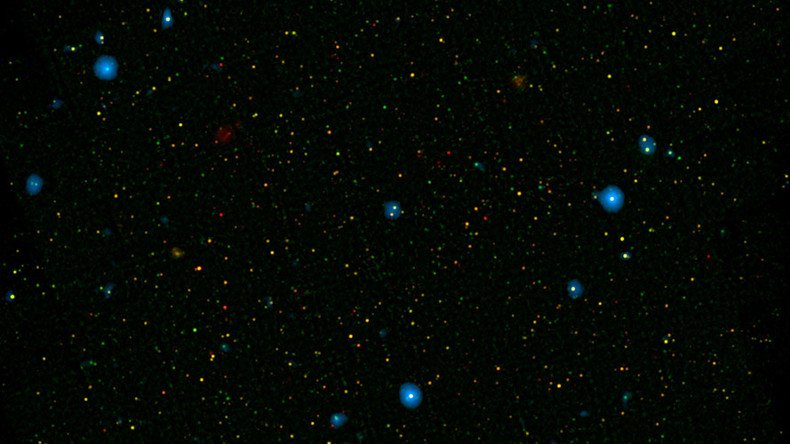NASA has described supermassive black holes as the “raucous choir” among the “voices” of the cosmos. The musical analogy helps explain new data that is leading to significant progress in resolving their high-energy X-ray background.
When black holes pull in matter, they let out powerful X-ray bursts, filling the entire sky in a phenomenon called the cosmic X-ray background.
The most massive black holes emit high-energy X-rays that NASA describes as the “highest pitched voices”.
“NASA’s Chandra mission has managed to pinpoint many of the so-called active black holes contributing to this X-ray background, but the ones that let out high-energy X-rays – those with the highest-pitched “voices” – have remained elusive,” says a new NASA article.
New data from NASA’s Nuclear Spectroscopic Telescope Array, (NuSTAR) has located a large number of black holes emitting high-energy X-rays.
“We’ve gone from resolving just two percent of the high-energy X-ray background to 35 percent,” said Fiona Harrison, the NuSTAR’s principal investigator.
“We can see the most obscured black holes hidden in thick gas and dust,” she added.
This new information is key for astronomers wanting to learn more about how the feeding patterns of supermassive black holes change over time.
As black holes grow, their intense gravity pulls matter towards them, heating it up to scorching temperatures and boosting particles to near-light speeds.
This creates an X-ray glow around the black hole. A supermassive black hole with an abundant supply of fuel or gas will give off more high-energy X-rays.
NuSTAR is the first telescope capable of focusing these high-energy X-rays into sharp pictures that can shed light on what is surrounding buried supermassive black holes, which are otherwise difficult to see.
The NuSTAR team, based at Caltech in Pasadena, is hoping to resolve more of the high-energy X-ray background thanks to the telescope, which has been studying the universe in X-rays since 2012.

